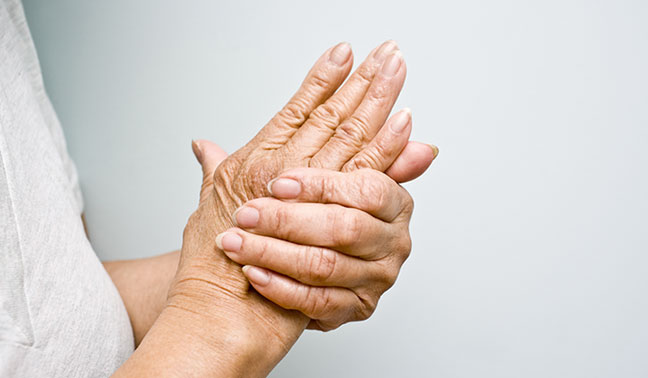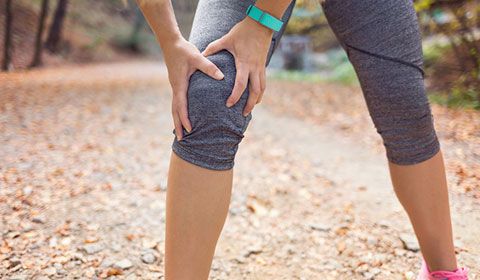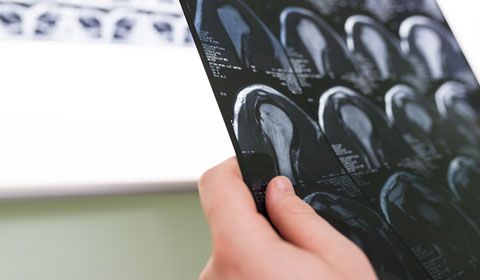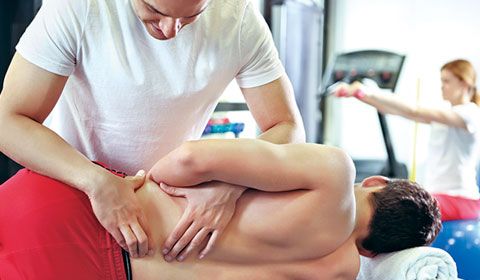According to The Canadian Arthritis Society more than 4.6 million Canadians 15 years or older are living with some form of arthritis. By 2036, this number is expected to grow to an estimated 7.5 million Canadian adults.
What is arthritis?
Arthritis means inflammation of the joints (“artho” Latin for joint and “itis” Latin for inflammation) and describes 200+ rheumatic diseases and conditions that affect joints, the tissues around joints and connective tissues.
Arthritis can occur in any and often many joints in the body, ranging from relatively mild forms of bursitis or tendinitis to more disabling conditions like rheumatoid arthritis. Arthritis is particularly common in weight-bearing joints such as the knee, hip and spine, but can also occur in fingers and other non-weight-bearing joints.
Left untreated, arthritis can eventually lead to long-term debilitating joint damage and even potentially affect some internal organs.





